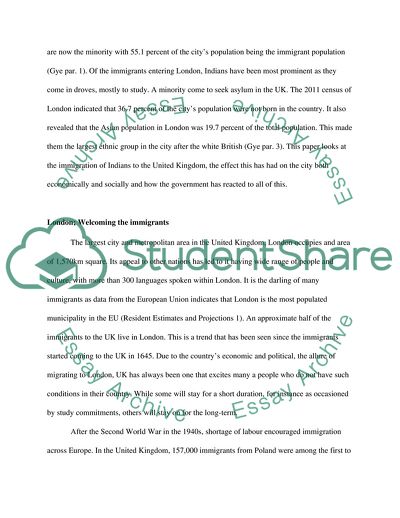Cite this document
(Indian Migrants/Immigrants in London and the History Behind It Report Example | Topics and Well Written Essays - 2500 words, n.d.)
Indian Migrants/Immigrants in London and the History Behind It Report Example | Topics and Well Written Essays - 2500 words. https://studentshare.org/history/1793445-indian-migrantsimmigrants-in-london-and-the-history-behind-it
Indian Migrants/Immigrants in London and the History Behind It Report Example | Topics and Well Written Essays - 2500 words. https://studentshare.org/history/1793445-indian-migrantsimmigrants-in-london-and-the-history-behind-it
(Indian Migrants/Immigrants in London and the History Behind It Report Example | Topics and Well Written Essays - 2500 Words)
Indian Migrants/Immigrants in London and the History Behind It Report Example | Topics and Well Written Essays - 2500 Words. https://studentshare.org/history/1793445-indian-migrantsimmigrants-in-london-and-the-history-behind-it.
Indian Migrants/Immigrants in London and the History Behind It Report Example | Topics and Well Written Essays - 2500 Words. https://studentshare.org/history/1793445-indian-migrantsimmigrants-in-london-and-the-history-behind-it.
“Indian Migrants/Immigrants in London and the History Behind It Report Example | Topics and Well Written Essays - 2500 Words”. https://studentshare.org/history/1793445-indian-migrantsimmigrants-in-london-and-the-history-behind-it.


